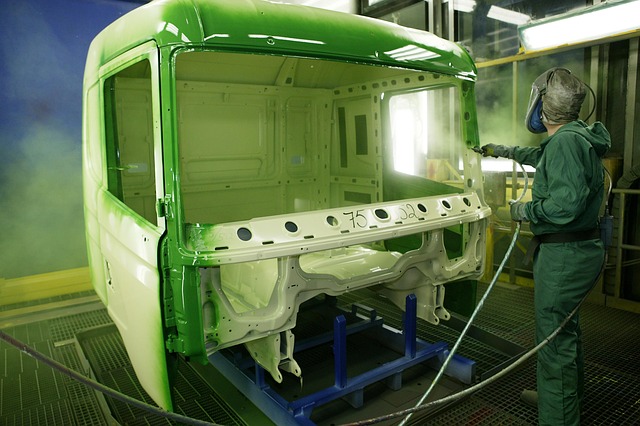Mastering the Art of Airbrushing in Photography Layers
When diving into the world of photography, understanding how to manipulate layers can be as exhilarating as capturing that perfect shot. The beauty of modern photography lies not just in composition and lighting, but in post-processing techniques—particularly the delicate, art-like skill of airbrushing. This technique can transform an ordinary photograph into something ethereal, enhancing the subject’s beauty without sacrificing authenticity.
At its core, airbrushing is an advanced technique used to smooth out imperfections and enhance aesthetic appeal. This art form relies heavily on the understanding of optics and how light interacts with surfaces. In photography, effective use of airbrush techniques creates layers that can breathe new life into every photo captured by your camera.
The challenge many photographers face is finding the right balance between enhancement and authenticity. A powerful tool like airbrushing must be wielded with care. Overusing it can lead to images that feel artificial or overly retouched. Think of airbrushing as a brushstroke on a canvas; it’s about enhancing the natural beauty, not erasing it.
In practice, airbrushing goes hand in hand with other layering techniques. Consider how a photographer might use various layers to build a cohesive story. Each layer can possess a different filter or adjustment, which can be finely tuned through the airbrushing process. For instance, adjusting the brightness levels of a layer can make a portrait pop, while a subtle airbrush technique can soften sharp edges and shadows, linking all elements harmoniously together.
Using your camera’s extensive range of settings is crucial when capturing images that will later be airbrushed. Ensuring sharp focus and correct exposure lays a foundation for the subsequent editing process. Photographers often find that a photo taken in optimal conditions responds better to airbrushing—allowing light and shadow play to create depth in each layer.
Moreover, the digital airbrush can be compared to the tried-and-true techniques of traditional artists. Just as a painter might blend colors with different brushes, a photographer can utilize varying airbrush settings to achieve desired effects. By experimenting with pressure and flow, you can discover how to create texture or atmosphere that captivates the viewer’s eye.
Ultimately, airbrushing in photography layers transforms images into art, allowing artists to express their unique vision. Embracing this technique not only enhances technical skills but also nurtures a deeper connection between the photographer and their subject. As you navigate the intricate dance of light and shadow, remember that every image tells a story, and airbrushing is but a vital chapter you can master.



